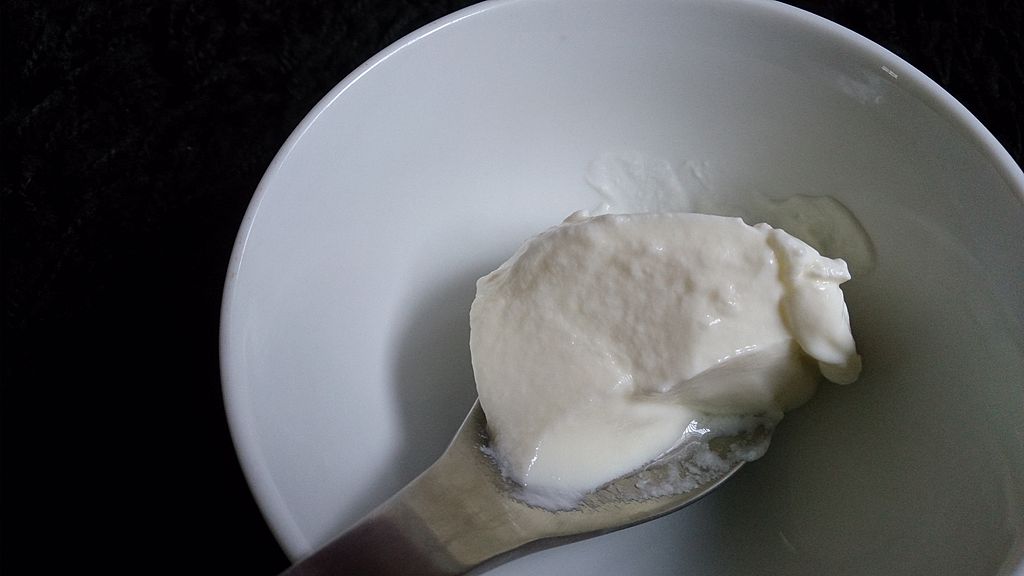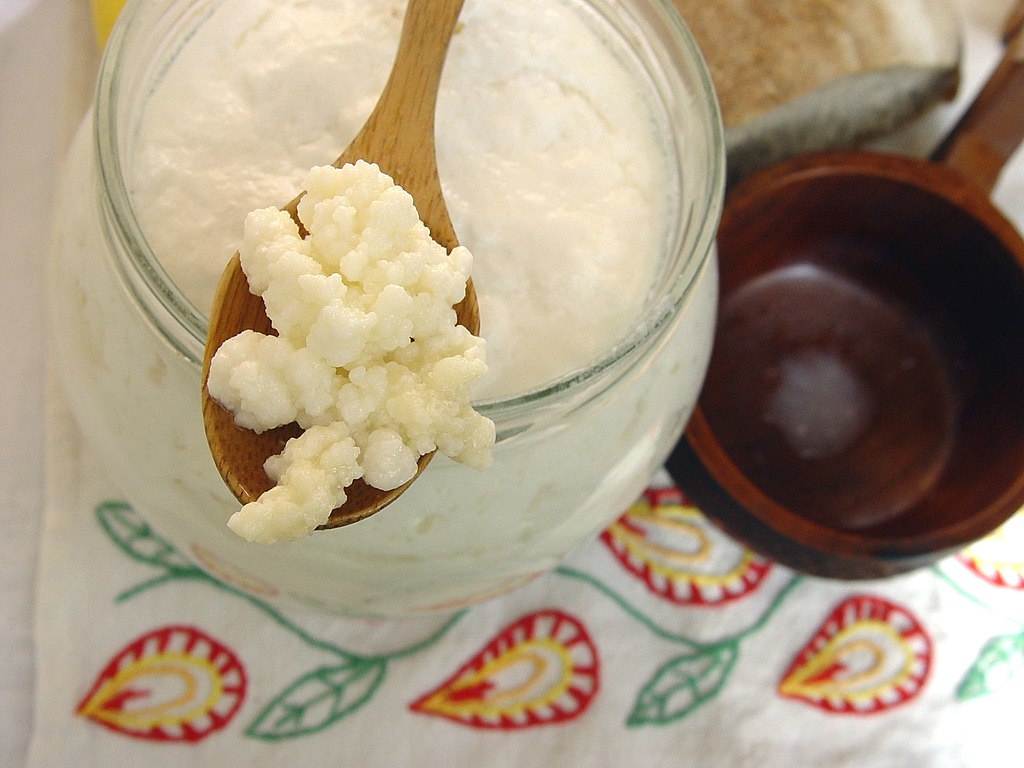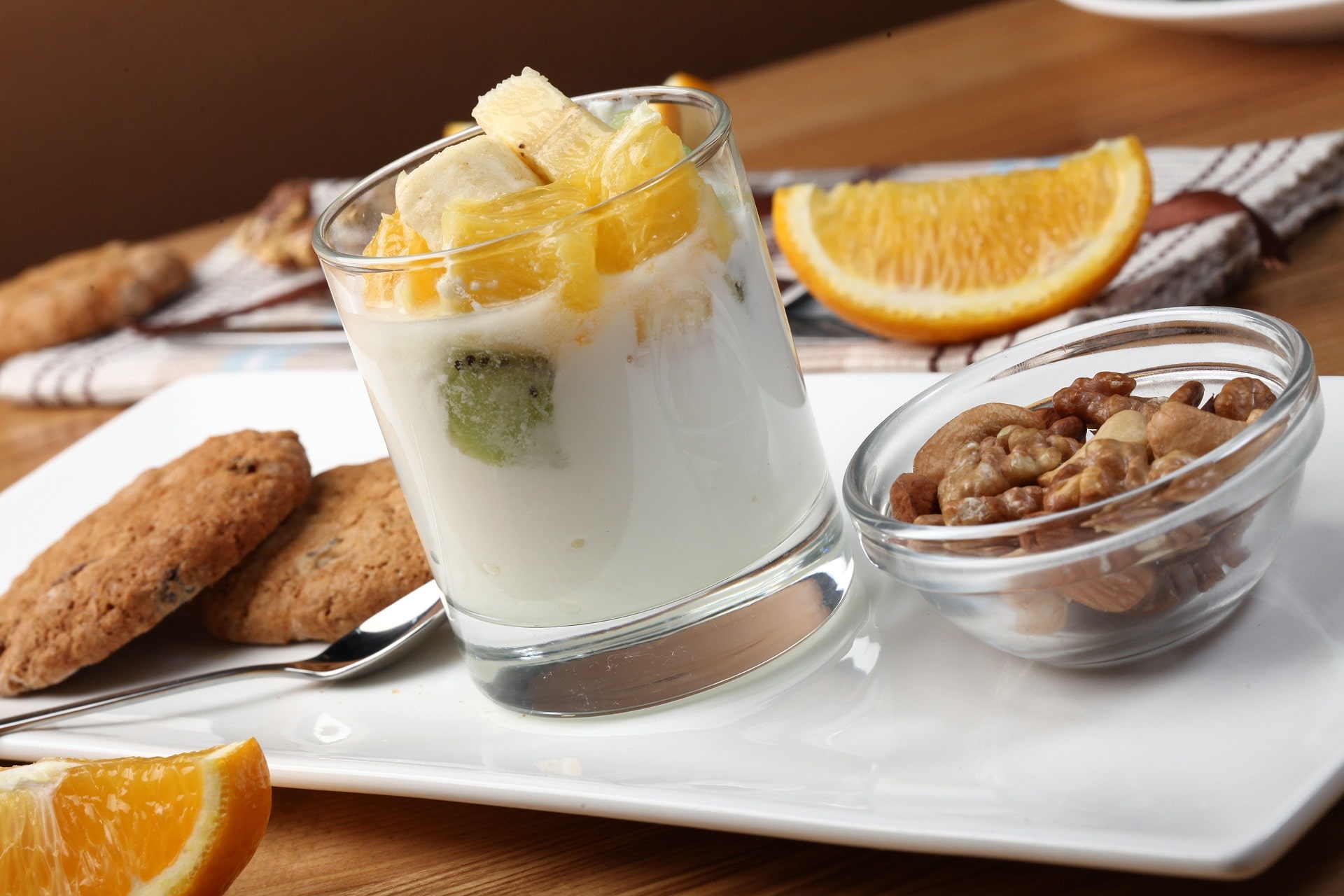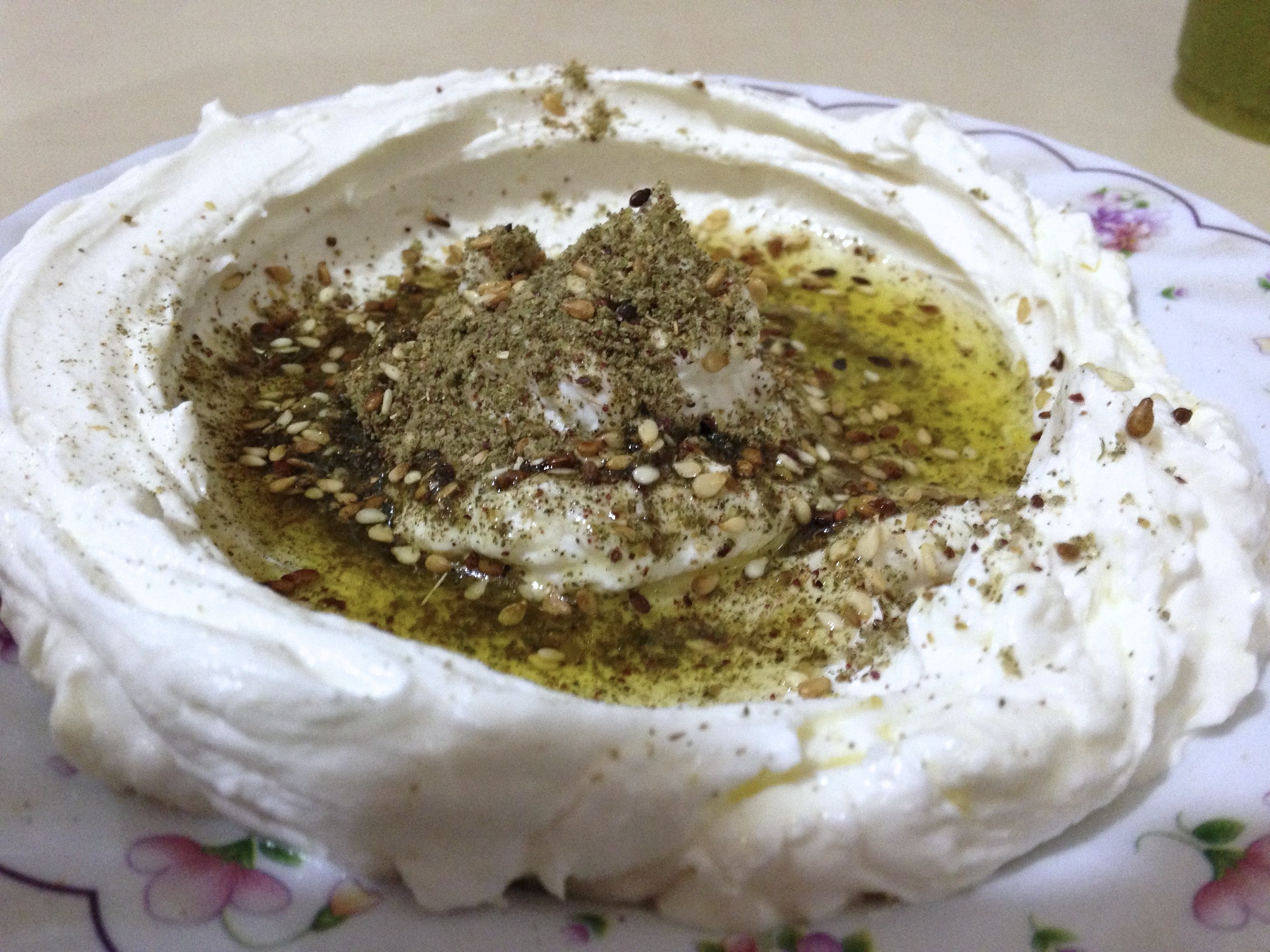Your Ultimate Guide to the Yogurt Aisle

It’s good for you. Tastes amazing. And makes a great Instagram shot. But what exactly is yogurt?
Yogurt needs two key ingredients - milk and a culture. The milk is heated, then cooled to ferment using the culture. The fermentation gives it that creamy, rich texture we all know and love.
If you eat yogurt, your body will thank you. Dairy carries over all its great health benefits thanks to ingredients like calcium, vitamin D, potassium, vitamin B12, phosphorus, and protein. The fermentation process brings extra benefits by adding probiotics, which are healthy bacteria that aid in gut health, to the mix.
Yogurt’s a no brainer for your diet, but with the yogurt aisle getting progressively more crowded, it’s time to break down the what is what of yogurt so you can figure out which option is best for you.
Traditional Yogurt

Let’s start with the basics: classic, creamy, traditional yogurt. This is what you probably picture when you hear the word “yogurt."
Made from whole, skim, and 2% milk; coming in multiple flavors like strawberry, vanilla, and peach; and throw in the increasingly popular yogurts with fruits mixed in, chances are good there’s something you’ll find delicious in the traditional yogurt section of your grocery store.
So what sets traditional yogurt apart from the rest? Traditional yogurt isn’t strained, retaining the water and whey protein other yogurts reduce. This makes traditional yogurt thinner than other yogurts. Whey protein also includes additional health benefits. Whey protein (the water at the top of your yogurt when you first open it) has anti-cancer properties, helps lower cholesterol, can reduce blood pressure, and is good for your heart.
Greek Yogurt

Greek yogurt is another popular choice. Thicker and more textured than regular yogurt, Greek yogurt tastes tangy - newbies might even say “sour” - due to the reduced sugar content compared to most traditional yogurts.
So what causes these flavor and textural differences? What exactly makes Greek yogurt “Greek?” It starts in the creation process. Greek yogurt goes through a straining process that removes the water and whey protein that makes traditional yogurts thinner. As a result, Greek yogurt has less sugars and carbohydrates than traditional yogurts. It also has more probiotics, which is good for your gut health, and doubles the amount of protein.
Icelandic Yogurt

Get on the even newer “it” trend before everyone starts talking about it - Icelandic yogurt. Thicker and smoother than Greek yogurt, Icelandic yogurt is high in protein and calcium and low in fat, making it a popular, healthy yogurt choice.
Icelandic yogurt is strained, just like Greek yogurt, which removes the whey protein. However, Icelandic yogurt’s straining process takes longer, giving it features that differentiates it from Greek yogurt. Icelandic yogurt has a thicker consistency and glossier look than Greek yogurt. It also tastes less tangy and sour than Greek yogurt but is still tangier than regular yogurts with more sugars.
Because of the longer straining process, Icelandic yogurt takes up to 4 times the amount of milk to make as regular yogurt (hence all that extra protein and calcium).
Kefir

Originating from Eastern Europe, Kefir is a yogurt drink with a tangy flavor and bubbly texture. While not as trendy as Greek or Icelandic yogurt (yet), Kefir is incredibly healthy for you. Kefir is high in calcium, protein, minerals, vitamin D, and, thanks to its long fermentation process, probiotics.
Kefir is fermented using kefir grains, which are great for your gut health because they contain healthy bacteria and yeast.
Lactose-free Yogurt

Lactose intolerance keeping you out of the yogurt aisle? You’ll never have to miss out on yogurt’s great health benefits again thanks to lactose-free yogurt.
Counter to popular belief, lactose intolerance isn’t a dairy allergy. It’s simply the inability to breakdown the lactose (natural sugars) in dairy products. Yogurt is already lactose-lite. Cultures used in the fermentation process produce an enzyme that breaks down lactose, so even lactose-sensitive people can sometimes consume yogurt without any side-effects. Or you can always go with lactose-free yogurt. Lactose-free yogurt is treated so the lactose is already broken down for you, making it safe to consume for those with lactose intolerance.
Lactose-free yogurt tastes like regular yogurt, and is high in calcium, protein, and probiotics, so it has all the amazing health benefits of regular yogurt too.
Labneh

This Middle Eastern treat is one of the lesser known yogurts. Made using dairy milk, labneh is creamy and has a spreadable, almost cream-cheese like texture that’s thicker than Greek yogurt.
Usually labneh is used as a dipping sauce, sprinkled with olive oil and various herbs. It’s also commonly rolled into an egg and covered in various herbs.
Dahi

Hailing from Southern Asia, dahi is a yogurt product you might not be familiar with. It’s fermented using dried red chillies or chilli stems. Chillies are high in bacteria that promote fermentation, which helps speed up the process.
Dahi is used as a base ingredient in many popular Southern Asian dishes including various rice and curry dishes and lassi - a yogurt drink that’s often flavored sweet, salty, or with mango.






